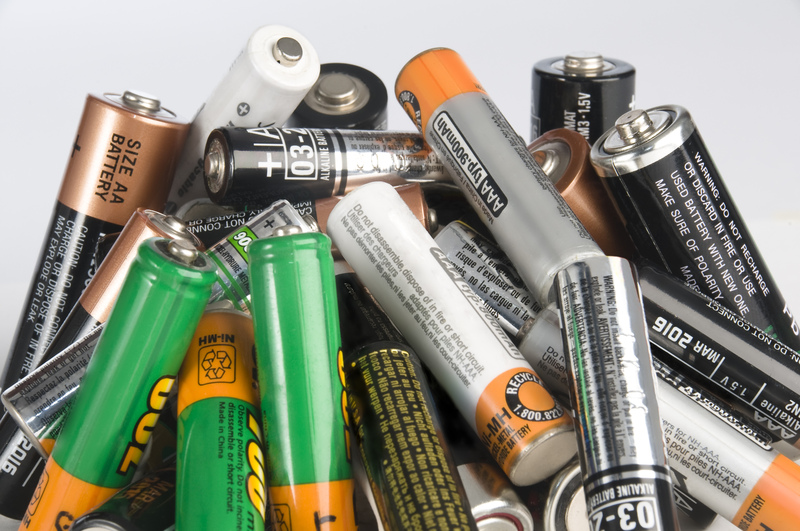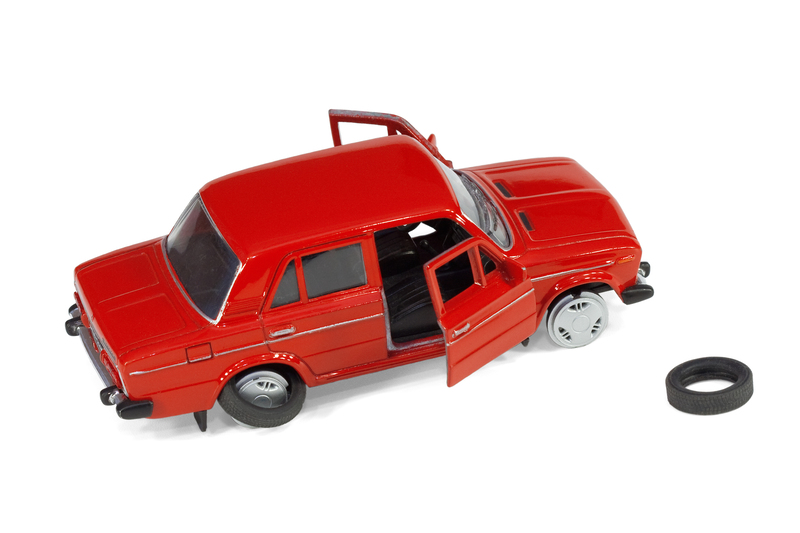How to Make Sure Your PPE Waste Is Disposed of Correctly
Personal Protective Equipment (PPE) such as masks, gloves, gowns, and face shields have become a global necessity across diverse sectors, from healthcare and manufacturing to retail and schools. However, the safe and responsible PPE waste disposal process is often overlooked, leading to potential environmental hazards, public health risks, and legal liabilities.
So, how can you ensure your PPE waste is disposed of correctly? This comprehensive guide will walk you through all the crucial steps, best practices, and legal requirements to properly handle, segregate, store, and dispose of your PPE waste to protect people and the planet.
Why Correct PPE Waste Disposal Matters
Properly disposing of PPE waste is more important than ever. The global surge in PPE use during the COVID-19 pandemic has significantly increased the volume of single-use plastics and medical waste. Here's why you must pay attention to correct disposal:
- Environmental protection: Improper PPE disposal can contribute to plastic pollution, contaminating soil and waterways, and harming wildlife.
- Public health and safety: Used PPE can harbor viruses, bacteria, and chemicals, posing hazards to waste workers and the community.
- Legal compliance: Local and national regulations require specific procedures for hazardous and infectious waste, including PPE, to avoid fines and penalties.
- Reputation management: Responsible PPE waste management demonstrates environmental stewardship and regulatory compliance, boosting your brand image.

Types of PPE Waste and Their Risks
Before you can properly dispose of PPE waste, it's vital to understand the different types and associated risks:
1. Non-infectious PPE Waste
- Items such as disposable masks and gloves used by the general public or office workers not exposed to infectious materials.
2. Infectious or Clinical PPE Waste
- PPE contaminated with blood, bodily fluids, or pathogens, commonly from healthcare, laboratory, or industrial environments.
3. Chemical-Contaminated PPE Waste
- PPE exposed to hazardous chemicals or substances, which may require separate disposal procedures.
Identifying the type of PPE waste is the first step toward ensuring proper PPE waste disposal.
How to Segregate PPE Waste for Correct Disposal
Segregation is the cornerstone of effective PPE waste management. By separating different waste streams at the point of generation, you reduce cross-contamination risks and enable safe, compliant disposal. Here's how to do it:
Set Up Clearly Labeled PPE Waste Bins
- Use color-coded, leak-proof containers (e.g., red bags for infectious waste, yellow for chemicals, “black bags” for general waste).
- Ensure every bin is labeled with the type of waste it should contain: PPE - Infectious, PPE - Non-infectious, PPE - Chemical, etc.
- Place bins at all key points of PPE removal (entrances, washrooms, changing areas, workstations).
Train Staff and Building Occupants
- Provide routine training on PPE disposal protocols, including how to identify, remove, and segregate PPE waste correctly.
- Use signage and reminders near disposal stations for reinforcement.
Minimize Handling
- Never attempt to sort through PPE waste by hand after disposal. PPE should be handled as little as possible and only by trained personnel.
Safe Storage of PPE Waste Prior to Disposal
Proper storage prevents accidental exposure, leaks, odors, or the spread of infectious agents. Best practices include:
- Keep waste bins closed and in a secure, well-ventilated area away from food and clean equipment.
- Schedule regular waste collection so bins are never overflowing.
- Store infectious or hazardous PPE waste in dedicated, locked containment until collection by an authorized disposal service.
- Keep a record of waste types, volumes, and collection dates to ensure compliance and traceability.
Choosing the Right PPE Waste Disposal Method
Selecting the appropriate disposal method depends on the type and risk associated with the PPE. Below are the primary methods:
1. Incineration for Infectious PPE Waste
- Incineration at high temperature is the most effective disposal method for infectious or clinical PPE waste, destroying pathogens and reducing waste volume.
- Only licensed facilities and waste management vendors should undertake incineration.
2. Landfill for Non-infectious PPE Waste
- General workplace or domestic PPE (not contaminated with infectious materials) can usually be disposed of with household or municipal solid waste, subject to local regulations.
3. Chemical Treatment for Hazardous PPE
- PPE contaminated with chemicals may require neutralization or other pre-treatment before final disposal, complying with hazardous waste protocols.
4. Alternative Technologies
- Newer treatment options such as autoclaving, microwave treatment, or plasma pyrolysis are emerging for certain PPE waste streams. Consult regulatory guidance before using these solutions.
5. Recycling and Reuse
- Some types of non-contaminated PPE, such as certain face shields or gowns, may be recyclable. Check local options for plastics recycling, but never recycle contaminated PPE.
Ensuring Compliance with Laws and Regulations
Local and national regulations dictate how PPE waste must be handled. To avoid fines and environmental harm, always:
- Check relevant government guidelines and sector-specific requirements for PPE waste disposal.
- Retain records of disposal, including quantities, types, and manifest documents from authorized waste carriers.
- Only use licensed waste contractors and ensure they follow the legal chain of custody for hazardous or infectious waste.
- Review your processes regularly to stay updated on legal changes.
The Role of Third-Party PPE Waste Disposal Services
For many organizations, contracting a professional waste disposal company is the best way to deal with complex or hazardous PPE waste. Benefits include:
- Expertise in compliance and best practices.
- Provision of proper bins, containers, and transportation.
- Certificates of safe disposal for regulatory compliance.
When selecting a disposal vendor, always verify their licensing, track record, and sustainability initiatives.
Tips for Reducing PPE Waste at Source
Reducing the generation of PPE waste is the most sustainable strategy. Consider these approaches:
- Switch to reusable PPE items when safe and appropriate (e.g., washable cloth masks, face shields).
- Train staff on conservation measures (e.g., avoiding unnecessary PPE usage).
- Collaborate with manufacturers to design PPE that is both effective and environmentally friendly.
- Encourage recycling programs for non-infectious PPE materials.
Always ensure these items are not contaminated before recycling.
Common Mistakes to Avoid in PPE Waste Disposal
- Throwing PPE in regular trash: Never dispose of infectious or chemical-contaminated PPE in household waste.
- Mixing PPE waste types: Always segregate by contamination type to avoid additional hazards and costs.
- Using the wrong bins: Wrong labeling or open bins can lead to accidental exposure and regulatory breaches.
- Poor staff training: If people aren't clear on correct PPE waste handling, mistakes will occur.

Frequently Asked Questions on Correct PPE Waste Disposal
Can I recycle masks or gloves after use?
Most disposable masks and gloves are made of plastic polymers that are not accepted in standard recycling streams, especially after contamination. Only segregated, clean, and designated recyclable PPE may be considered. When in doubt, dispose of as waste.
What if I see PPE waste littered in public areas?
Safely collect used PPE with gloves, place it in a sealed bag, and dispose of it in a designated PPE waste bin. Never reuse discarded PPE from public places.
Does PPE waste go in sharps bins?
PPE waste does not belong in sharps bins unless visibly contaminated with sharps. Use bins specifically designated for PPE or clinical non-sharp waste.
Conclusion: Make Sure Your PPE Waste Is Disposed of Correctly Every Time
The right approach to PPE waste disposal isn't just a legal duty--it's a public and environmental necessity. By following the steps above, understanding your waste streams, and leaning on professional partners when required, you can ensure your PPE waste is disposed of correctly and responsibly.
- Identify and segregate PPE waste at source by type and risk
- Store PPE waste safely and securely until disposal
- Use compliant disposal methods: incineration, landfill, chemical treatment, or recycling depending on contamination
- Maintain compliance with all regulations
- Continually educate staff and review processes
Protect your workers, your reputation, and the environment--commit today to correct PPE waste disposal practices!
Additional Resources
- WHO Guidelines on Infection Prevention and Control Waste Management
- EPA Guidance on PPE Disposal and COVID-19
- HSE Waste Management Regulations
For further advice or to set up professional PPE waste collection services, contact a licensed waste management provider in your area.